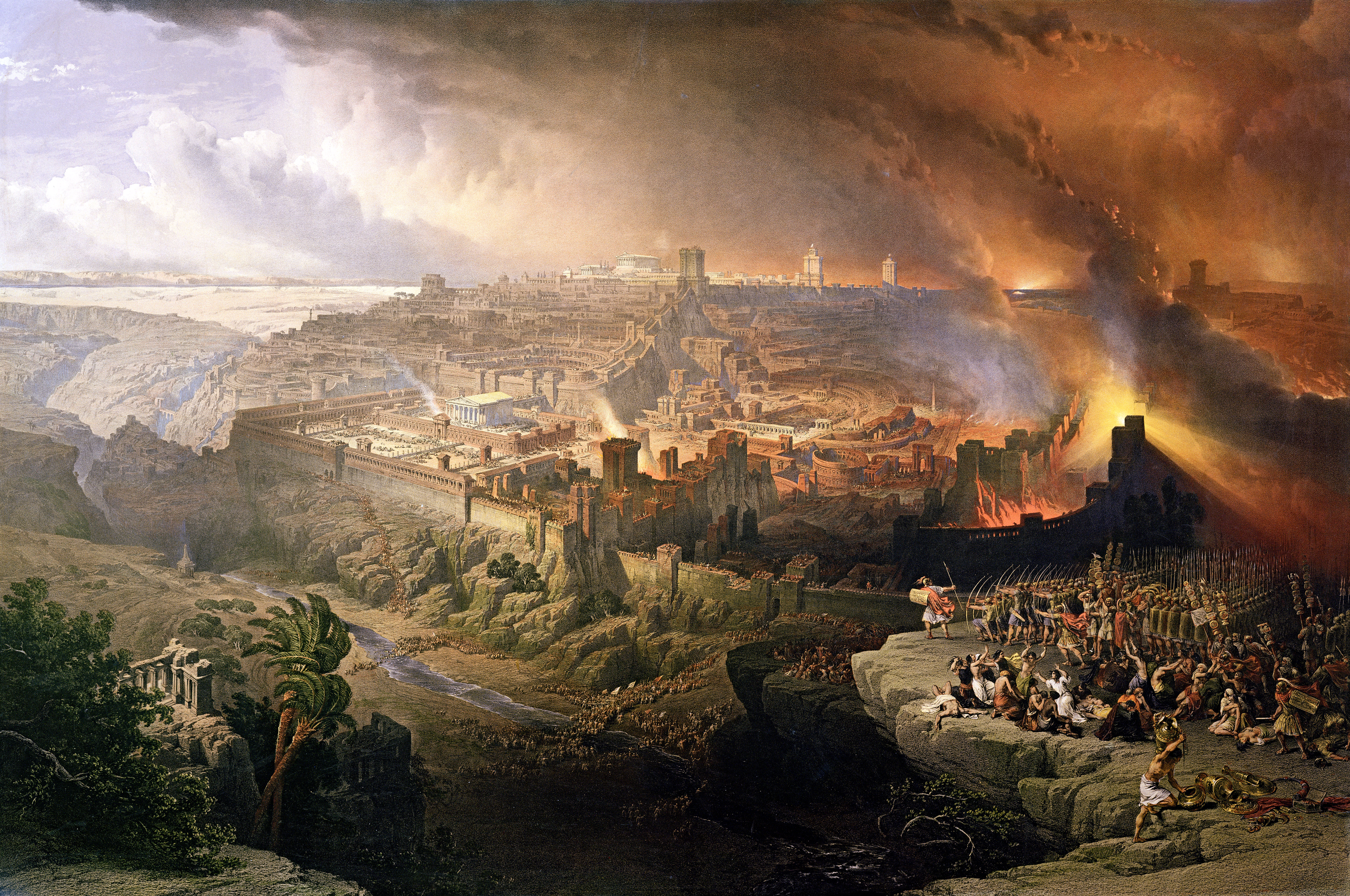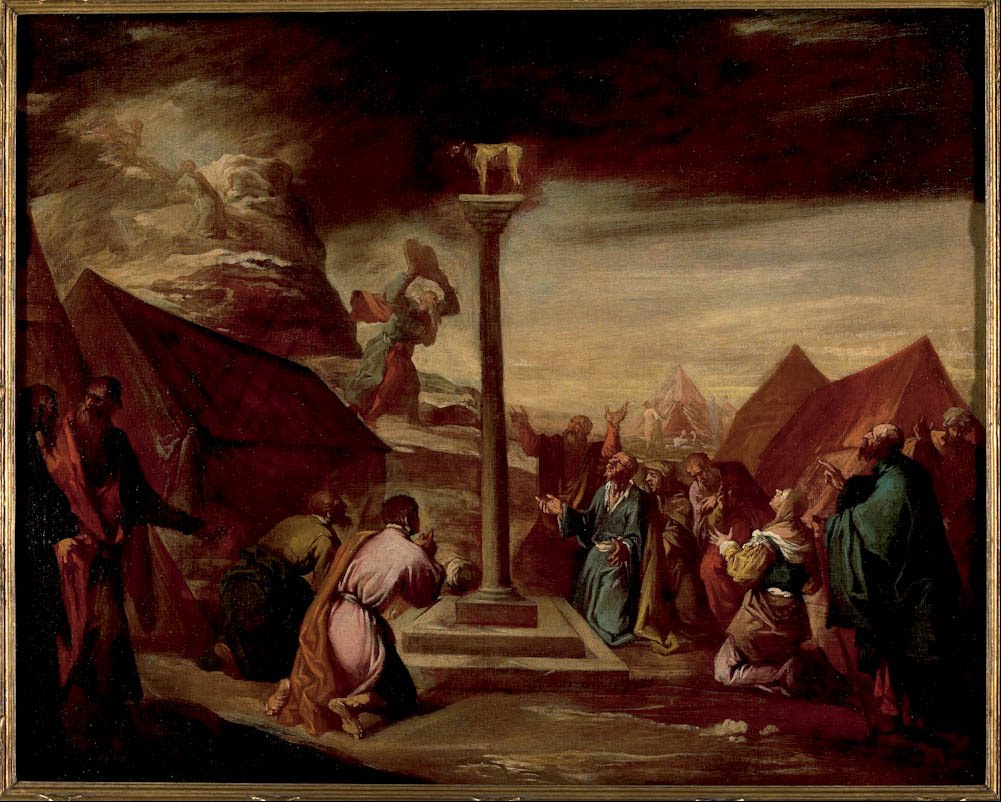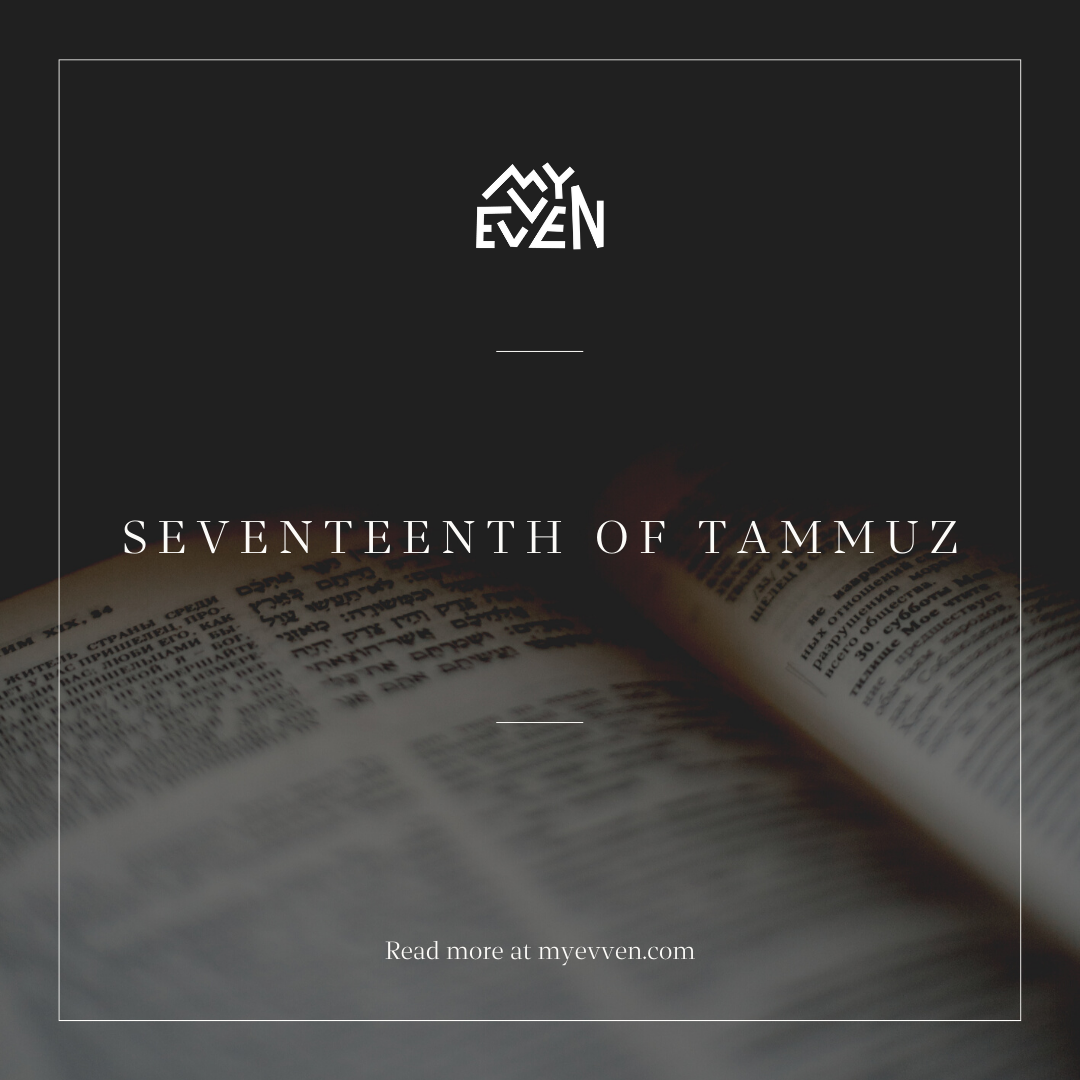Last Sunday was a fast day known as the “Seventeenth of Tammuz”
In Zechariah (8, 19) we read: This is what the Lord Almighty says: “The fasts of the fourth, fifth, seventh and tenth months will become joyful and glad occasions and happy festivals for Judah. Therefore love truth and peace.
Prophet Zechariah counts four fast days that commemorate tragic events that took place during the sieges and the fall of Jerusalem in 568 B.C.E.:
- “The Fourth” – falls on the fourth month of the year, the month of Tammuz (June-July), commemorates the breaking of the walls of Jerusalem after a long siege in 70 A.D.
- “The Fifth” – falls on the fifth month of the year, the month of Av (July – August), commemorates the destruction of the First and the Second Temples.
- “The Seventh” - falls on the seventh month of the year, the month of Tishrei (September – October), commemorates the murder of Gedaliah son of Ahikam (Kings 2, 25, 25).
- “The Tenth” - falls on the tenth month of the year, the month of Tevet (December – January) commemorates the commencement of the siege of Jerusalem.
For dozens of generations Jews remember and mourn the fall of Jerusalem and the destruction of the Temple. These four fast days played an important role in maintaining the national memory of its lost glory and the longing for redemption.
“The Fourth” fast day, commemorates the fall of Jerusalem, prior to the destruction of the Second Temple in 70A.D. It also marks the beginning of a three-week period of mourning, ending on the “Fifth” fast day - Tisha B'Av.

File:David Roberts - The Siege and Destruction of Jerusalem by the Romans Under the Command of Titus, A.D. 70.jpg. (2022, June 4). Wikimedia Commons, the free media repository. Retrieved 00:00, July 20, 2022 from https://commons.wikimedia.org/w/index.php?title=File:David_Roberts_-_The_Siege_and_Destruction_of_Jerusalem_by_the_Romans_Under_the_Command_of_Titus,_A.D._70.jpg&oldid=661401844.
Ancient Jewish tradition, which was already documented in the Mishnah around 229 A.D, attached additional tragic events to this date:
- Breaking of the tablets at Mount Sinai by Moses, in response to the sin of the Golden Calf. (Exodus 32, 19)
- The suspension of daily offerings in the First Temple during the siege of Jerusalem, due to the absence of animals.
- The burning of the holy Torah scrolls by Apostomos
- The placement of an idolatrous image in the Sanctuary of the holy Temple.

File:Esteban March - The Golden Calf - Google Art Project.jpg. (2022, January 3). Wikimedia Commons, the free media repository. Retrieved 00:00, July 20, 2022 from https://commons.wikimedia.org/w/index.php?title=File:Esteban_March_-_The_Golden_Calf_-_Google_Art_Project.jpg&oldid=619060605.
Agonizing over these tragedies is meant to help us conquer those spiritual deficiencies which caused them. Through self-introspection and a commitment to improve, we have the power to transform tragedy into joy, according to the words of Zehariah: “The fasts of the fourth, fifth, seventh and tenth months will become joyful and glad occasions and happy festivals for Judah. Therefore love truth and peace”.
1. Originally, the fast was observed on the 9th of Tammuz since that was the day Jerusalem fell prior to the destruction of the First Temple in 586 B.C.E. However, after Jerusalem fell on the 17th of Tammuz – prior to the destruction of the Second Temple – the Sages decided upon a combined observance for both tragedies, the 17the of Tammuz
2. There are various opinions regarding the identity of Aposomos and the person who placed the idol in the Temple, as well as to the timing of these events









